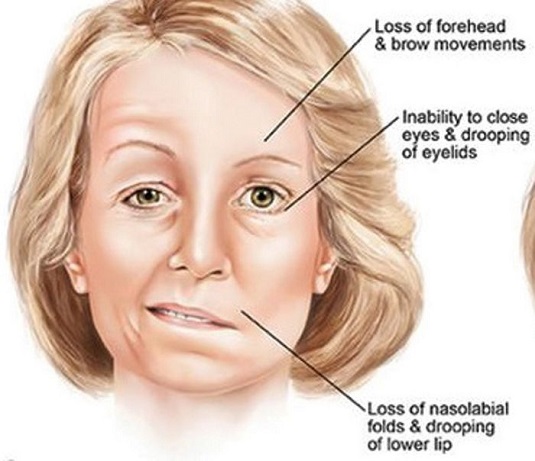It is a common problem that involves the paralysis of any structures innervated by the facial nerve. Its pathway is long, so there are many causes that may result in facial paralysis. It is characterized by facial weakness, with other symptoms including loss of taste, hyperacusis and decreased salivation.
The most common causes are:
- Bell’s palsy. It is a sudden disease of unknown cause, that commonly resides on its own.
- Tumors that compress the nerve, especially neoplasms of the parotid gland and acoustic neuromas in the inner ear. In that case, paralysis is slowly progressive.
- Temporal fractures or skin injuries along the nerve route.


